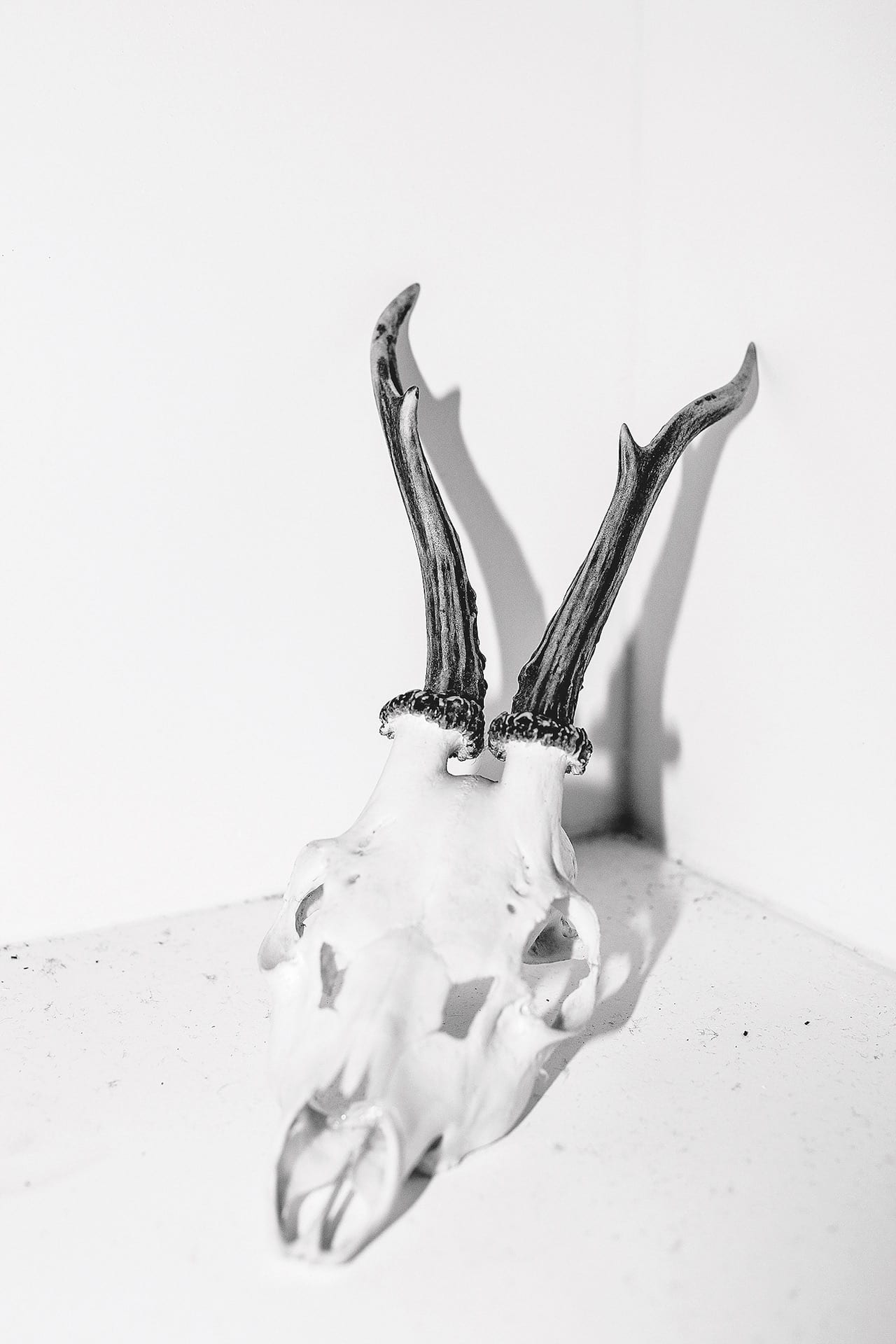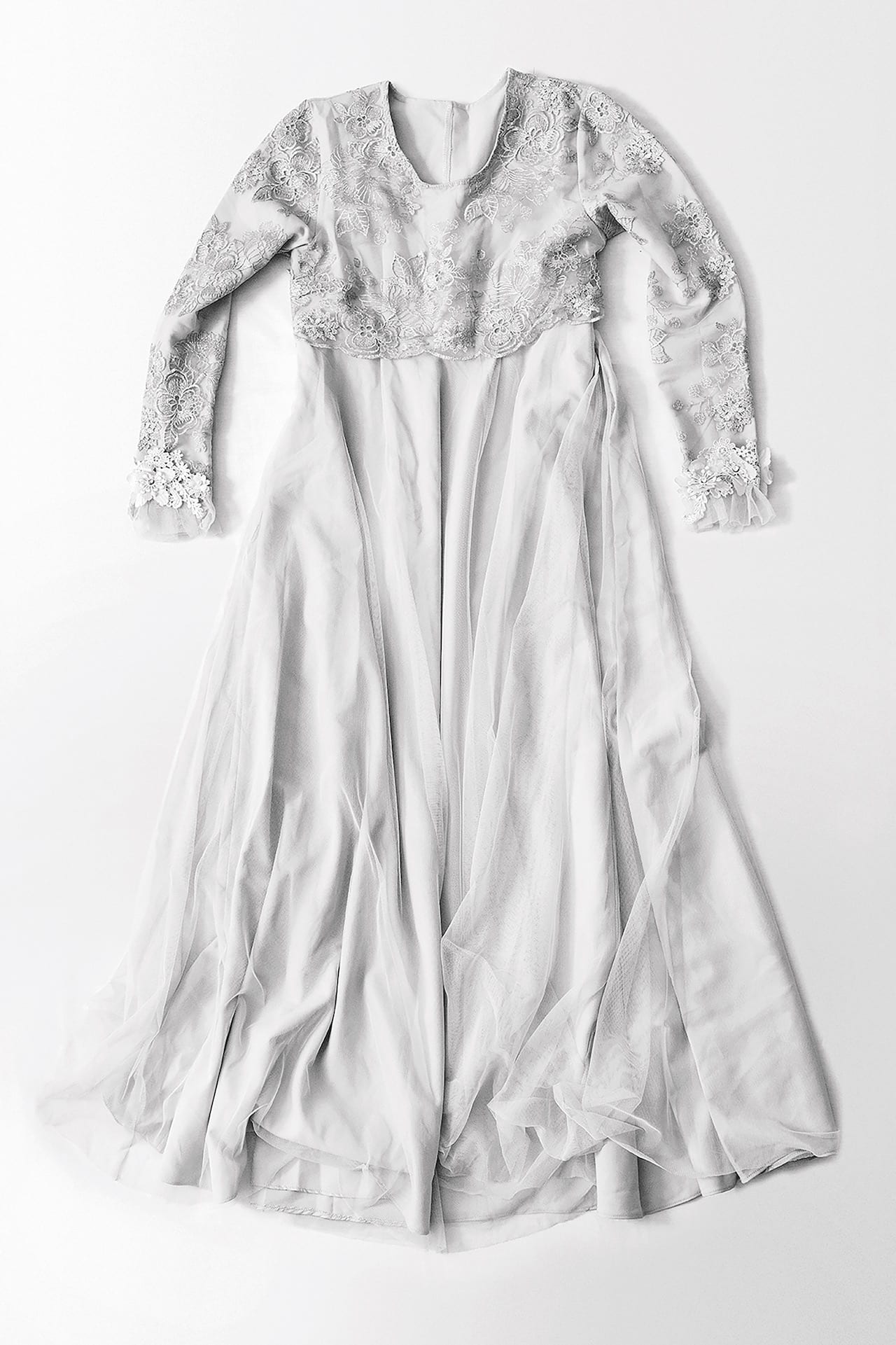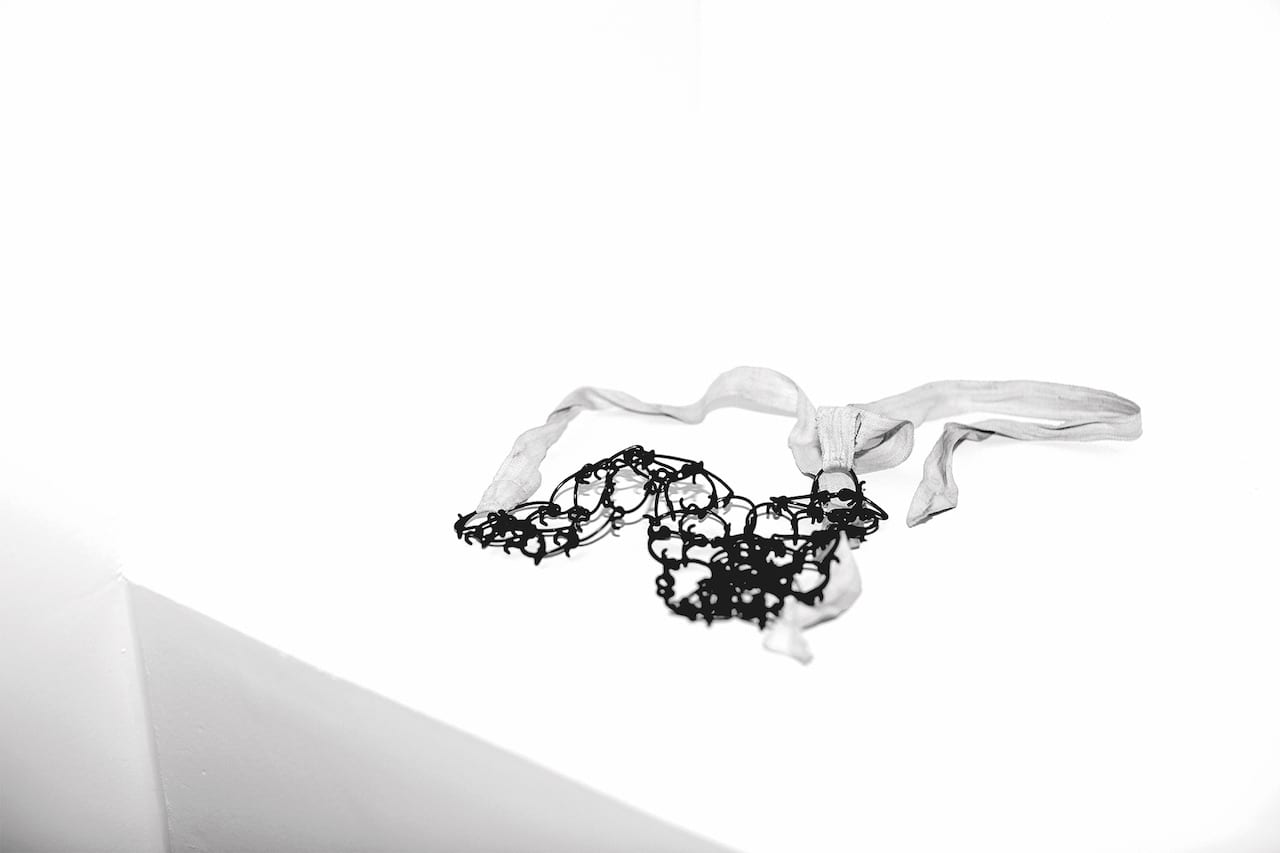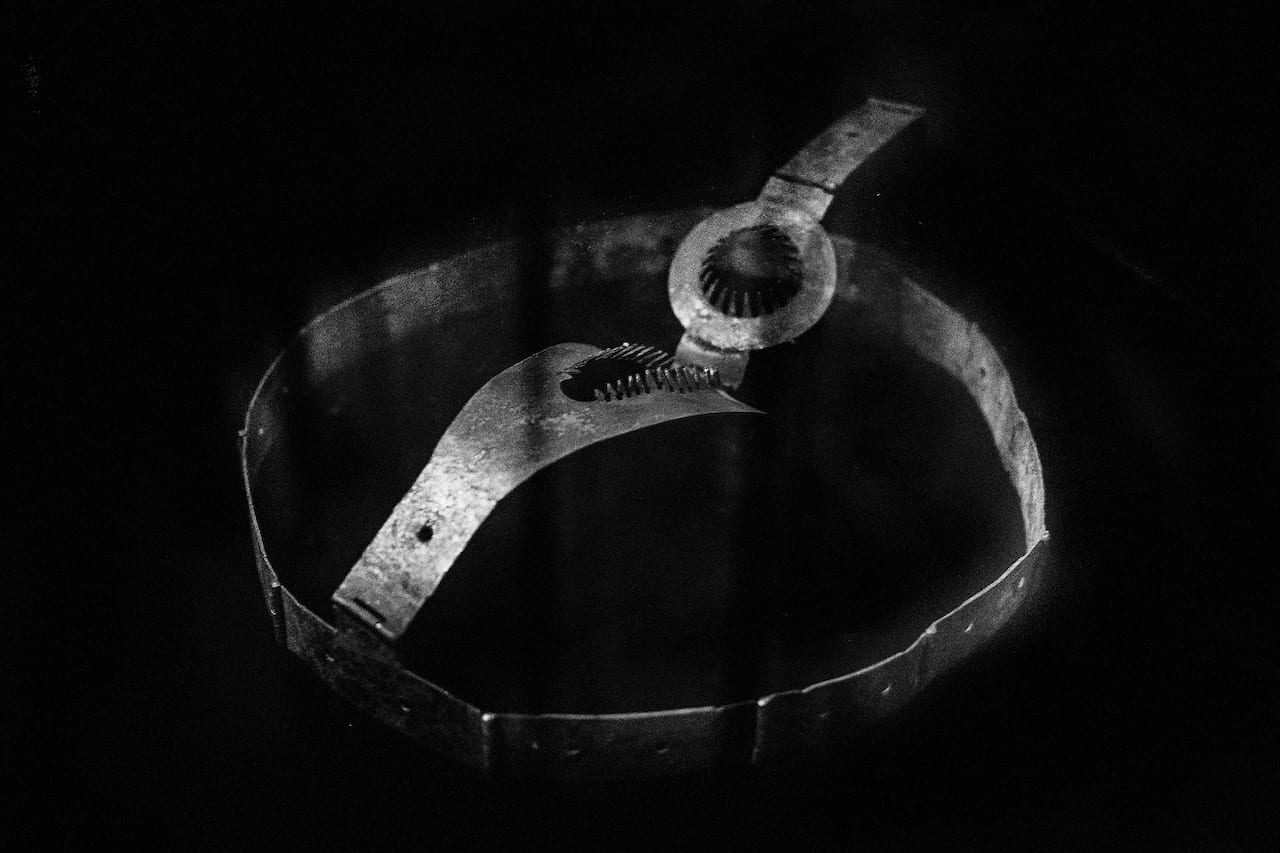A violent attack in Spain galvanised Laia Abril to begin the next episode in her project highlighting stigmatised issues
This article was published in issue #7892 of British Journal of Photography. Visit the BJP Shop to purchase the magazine here.
In the early hours of 07 July 2016, during the famous bull-running festival in Pamplona, northern Spain, five men offered to safely escort an 18-year-old woman to her car. They led her into the hallway of a building, attacked her, robbed her, and raped her, filming the attack on their phones, then sharing the footage on a WhatsApp group they called ‘la Manada’ – ‘the Wolf Pack’. After the victim was found traumatised in the hall, the men were arrested and the case brought to court in Pamplona, the capital of Spain’s Navarre region. Yet the men’s defence lawyers used the 96 seconds of video footage from the defendants’ phones – showing the woman immobile and terrified, her eyes shut – to argue that she was, in fact, engaging in consensual sex. The trial became a cross- examination of the 18-year-old woman, rather than the men who attacked her.
In her closing statement, the prosecuting lawyer, Elena Sarasate, said to the court: “The defendants want us to believe, on that night they met an 18-year-old girl, living a normal life, who, after 20 minutes of conversation with people she didn’t know, agreed to group sex involving every type of penetration, sometimes simultaneously.” The men were acquitted of gang rape and convicted instead of the ‘non- violent or intimidating’ crime of ‘sexual abuse’. One of the judges presiding over the trial argued that the men should have been cleared of all charges except the theft of the woman’s phone. After sustained protests across Spain over the course of three years, the Spanish Supreme Court eventually reversed the lower court and affirmed on 21 June 2019 that the men were guilty of rape.
Laia Abril’s family hail from the Basque Country, in the north of Spain. The case in Pamplona inspired the Barcelona-based artist to create her new body of work, On Rape, the second part of her ongoing series, A History of Misogyny, which is set to go on show at Galerie Les Filles du Calvaire in Paris from 25 January to 22 February. “The series focuses on miscarriages of justice,” Abril tells BJP. “It is a search for the origin of the myths and misconceptions that prevail around the concept on rape.” More directly, the series is about: “The victim-blaming discourse that has spread, like a virus, into all our collective and individual sub-consciousness.”




